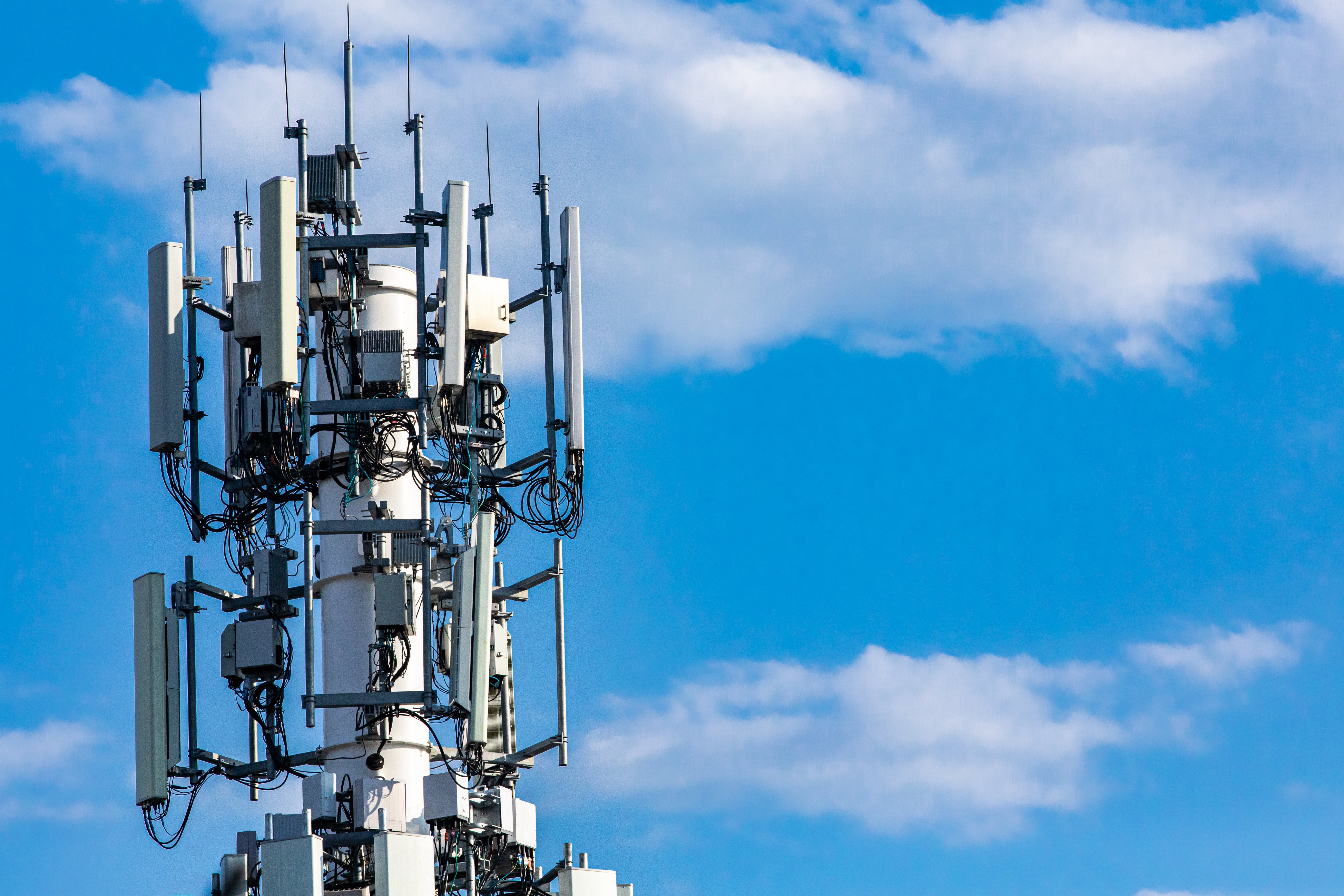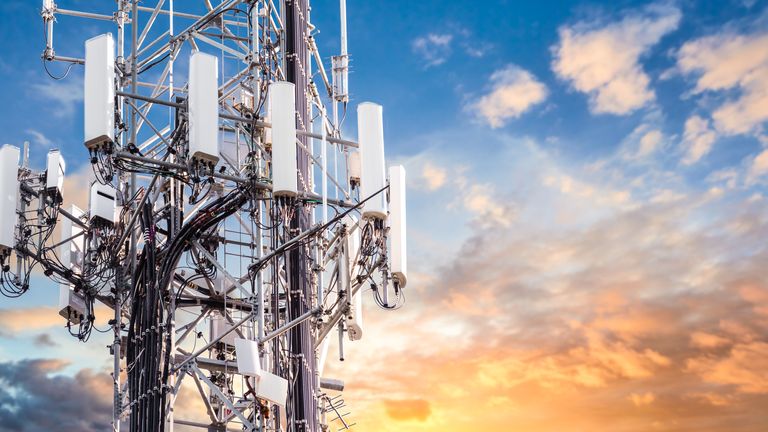If you've ever walked through a city and spotted tiny 5G cell towers on the poles of street lights. They appear like tiny boxes however they're actually sending wireless signals from mobile providers to your mobile.
These smaller towers are replacing larger, purpose-built cell towers. Although they're not as visible however, they could create problems for those who live nearby.
The FCC's Radiation Exposure Thresholds

The FCC's Radiation Exposure Thresholds establish the safe limit at which one can expose to electromagnetic radiation from wireless devices. The exposure limits are based on scientific data that prove that electromagnetic energy can be harmful to health.
The specific absorption rate (SAR) is an indicator of the amount of radiofrequency energy that is absorbed by tissue. It's usually 1.6 watts per kilogram, calculated over one gram of tissue.
However, because 5g transmits at higher frequencies and has the potential to create more energy on the skin and other exposed body areas. This can lead to a wide range of potential harms, including exacerbated formation of skin disorders such as dermatitis, skin cancer and cataracts.

Due to the potential for harmful effects of radiation from 5G, PSU has chosen to set a general localized power density limit of 4 mW/cm2 based on the average across 1 centimeter, but not to exceed 30 minutes for the entire 5G spectrum at 3000 GHz. This localized limit is in accordance with the peak SAR that is spatially averaged at 1.6 W/kg, averaged over one g of tissue at 6 GHz.
The FCC's Maximum Exposure Thresholds
If you've ever used a mobile phone, you're probably aware that the safest range from the tower is around 400 meters. This is because the power of the transmission of a cell tower increases dramatically the further away you are from it.
While it sounds like a good idea, the reality is that people living in close proximity to towers might be more vulnerable to health problems. For instance, a 2014 study in India discovered that people living within 50 meters from cell towers suffered significant more health issues than those living further distance from them.
This study found that people who moved to areas that were further from cell towers noticed their symptoms return to normal within a few days. Other studies have demonstrated that exposure to extreme frequencies of radiofrequency electromagnetic fields (EMFs) can lead to brain tumors, cancers, and other health problems.
This is due to the fact that radiofrequency radiation, which is used in wireless communications, may be absorbed by the body's outer layer of skin. It is vital to be aware of this since the skin functions as a shield against mechanical injury, infection caused by pathogenic microorganisms and infiltration of toxic substances. It is also the largest organ in the human body and is responsible for maintaining the integrity of other organs.
what is a safe distance from a 5g cell tower depend on a variety of assumptions that aren't supported by scientific research. This includes the false assumption that short-term exposures to RF radiation are safe because of the minimal radiation penetration in the human body (i.e. the heating of tissues).
This assumption does not take into account the more extensive penetration of ELF parts of modulated RF signals and the effects on the body of short bursts from pulsed RF waves. These assumptions are not in line with current understanding of the biological consequences of RF radiation, and thus, they should not be considered for health protection exposure standards.
In addition, the ICNIRP and FCC are limiting their exposure limits to local peak SARs based on the maximum spatial specific absorption rate (psSAR), which can be described as not a sufficient dosimetric tool to determine the degree of exposure to RF radiation. Particularly it is inconclusive for frequencies above 6 GHz. Additionally, psSAR hasn't been tested for RF radiation exposed to other agents of the environment such as sunlight. The interactions of RF radiation and other agents in the environment could result in antagonistic or synergistic effects. This would result in an increased risk of adverse health consequences. For example, co-exposure to RF radiation with sunlight may increase the risk of skin cancer and exacerbate other skin diseases such as acne.
